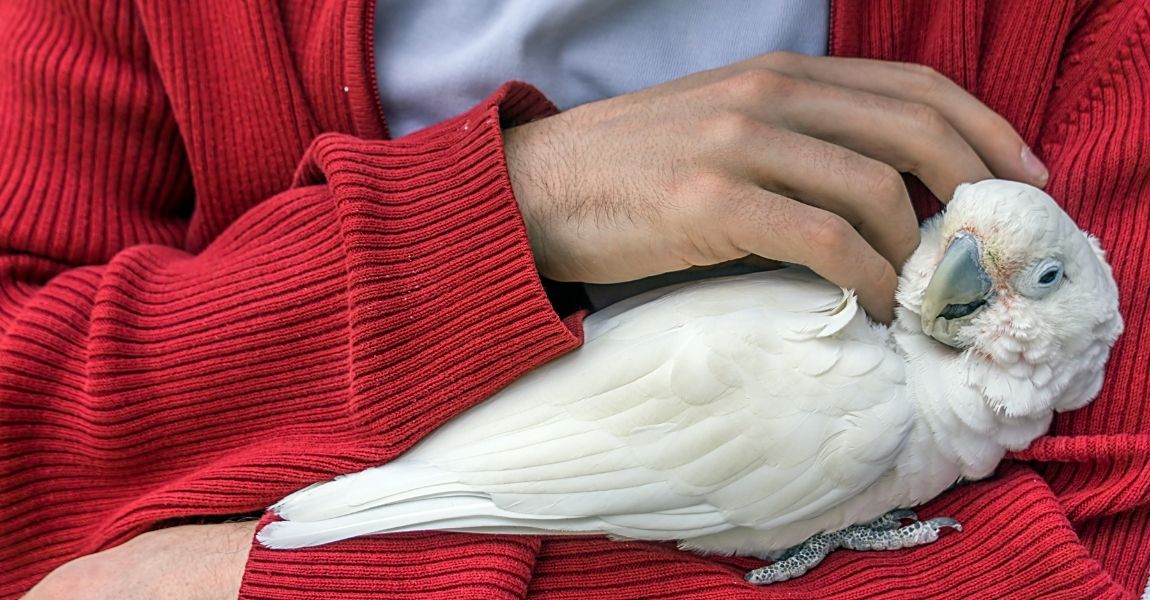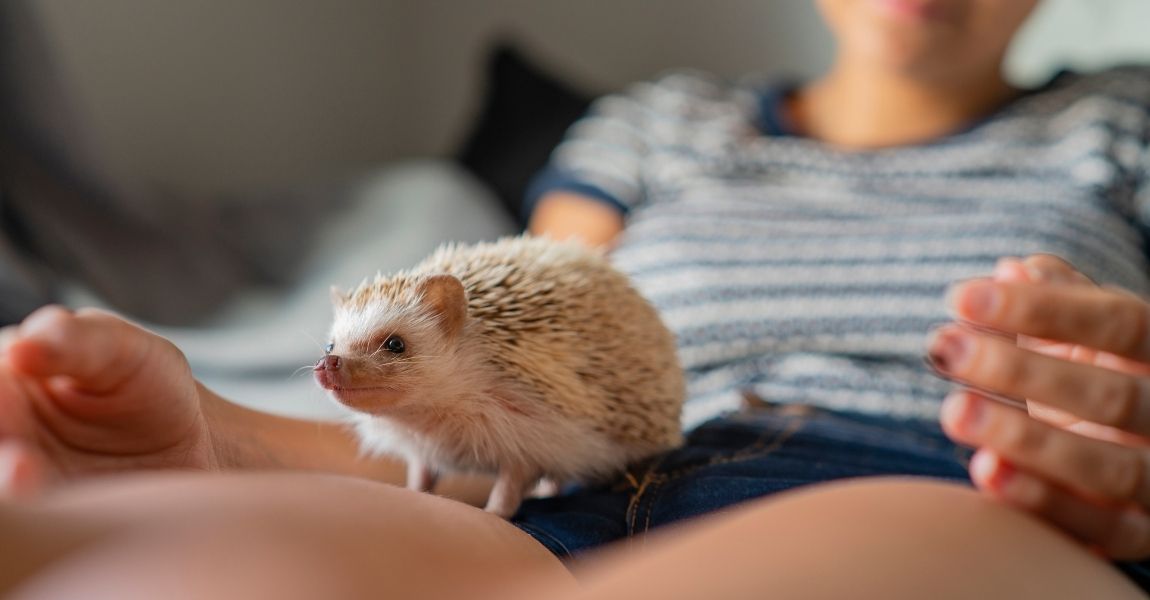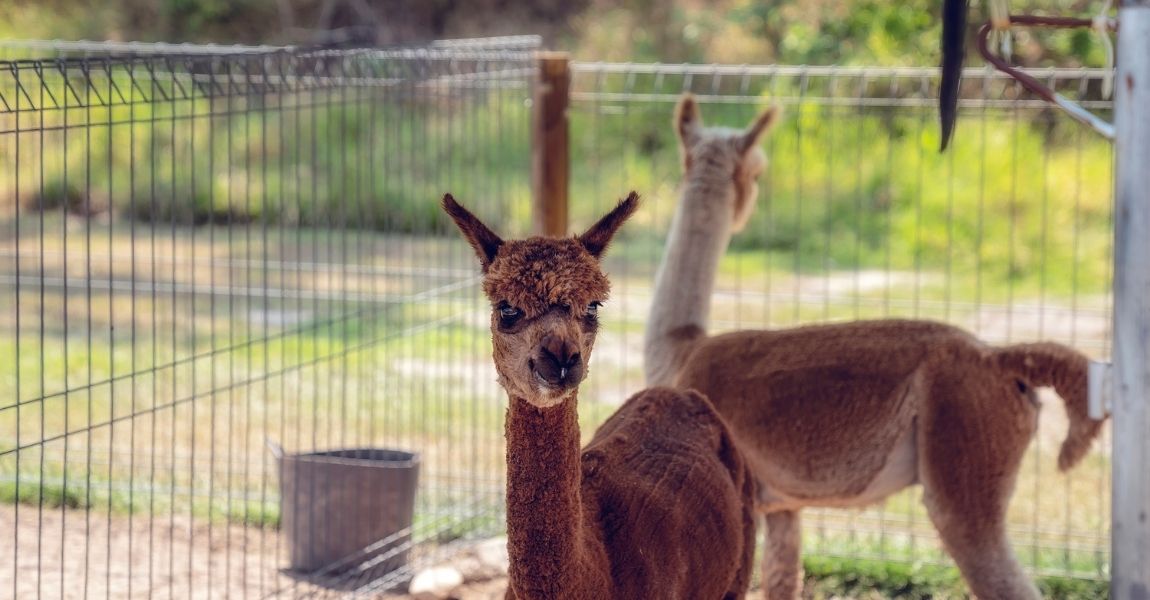Introduction:
Providing a safe and comfortable enclosure is vital for the well-being of alpacas. Whether you're a new alpaca owner or seeking to improve your existing setup, designing an ideal enclosure requires careful consideration of their unique needs. In this article, we will explore the essential elements of an alpaca enclosure, including space requirements, fencing options, shelter considerations, and additional features to promote the health and happiness of your alpacas.
Size and Space Requirements:
Alpacas are herd animals and need adequate space to roam, graze, and engage in natural behaviors. As a general guideline, allocate a minimum of 200 (19 sqm) to 400 square feet (38 sqm) per alpaca, although more space is always beneficial. The size of the enclosure will depend on the number of alpacas you have and the availability of grazing land. Remember to consider expansion plans if you intend to increase your herd in the future.
Secure Fencing:
Fencing plays a crucial role in maintaining the safety and security of your alpacas. Choose sturdy fencing materials that are at least four (1.2m) to five feet (1.5m) high to prevent escape attempts. Alpacas are not known for jumping, so traditional livestock fencing or woven wire fencing with small openings is typically sufficient. Regularly inspect the fencing for any damage or weaknesses and promptly repair them to maintain a secure enclosure.
Shelter and Shade:
Provide suitable shelter to protect your alpacas from extreme weather conditions. A three-sided shelter or a well-ventilated barn is recommended to shield them from rain, wind, and excessive sunlight. Consider the climate in your area and ensure adequate insulation or ventilation to maintain comfortable temperatures inside the shelter. Additionally, provide access to shaded areas within the enclosure, either through natural shade from trees or man-made structures.
Flooring and Drainage:
The flooring of the alpaca enclosure should allow for proper drainage and prevent mud accumulation, as alpacas are susceptible to foot-related health issues. A well-drained area with a combination of gravel and natural footing, such as grass or compacted soil, is ideal. Regularly monitor and maintain the footing to ensure it remains in good condition and does not become overly compacted or muddy.
 Water and Feeding Areas:
Water and Feeding Areas:
Access to fresh, clean water at all times is essential for alpacas. Provide troughs or automatic waterers within the enclosure, ensuring they are positioned at a suitable height for the alpacas to comfortably reach. Additionally, designate separate areas for feeding to prevent competition and promote healthy eating habits. Consider using elevated feeding troughs or hay racks to minimize contamination and wastage.
Environmental Enrichment:
Enrichment activities can enhance the well-being and mental stimulation of alpacas. Incorporate features such as sturdy scratching posts, elevated platforms, or climbing structures to mimic their natural behaviors. Introduce toys or objects that they can interact with, such as treat balls or hanging ropes. Rotation of grazing areas or the addition of movable panels can also provide variety and prevent overgrazing.
Perimeter Security and Predator Protection:
Alpacas are vulnerable to predators, so it's essential to ensure perimeter security. Regularly inspect the enclosure for potential entry points or weaknesses, such as gaps under fences. Install predator deterrents, such as motion-activated lights, alarms, or even guardian animals like llamas or dogs, to help protect your alpacas from potential threats.
Conclusion:
Designing the ideal enclosure for alpacas involves careful consideration of their space requirements, fencing, shelter, and additional features that promote their well-being. By providing a secure and comfortable environment with access to fresh water, proper drainage, and environmental enrichment, you can create a space where your alpacas can thrive and lead happy and healthy lives. Regularly assess and update the enclosure as needed to ensure it continues to meet the evolving needs of your alpacas.






